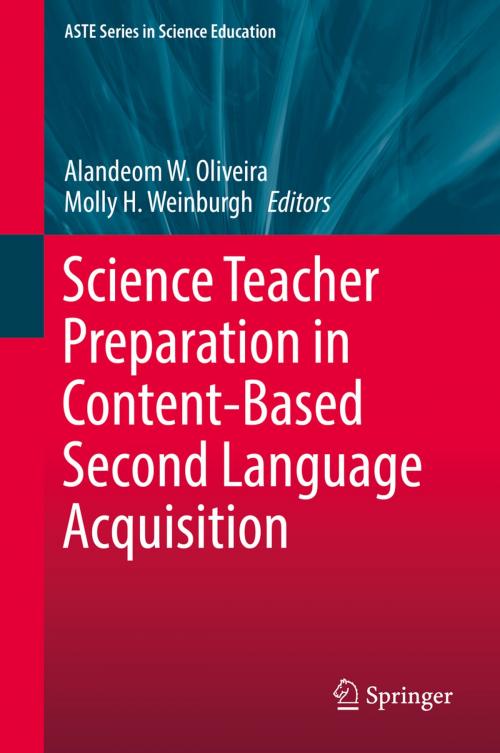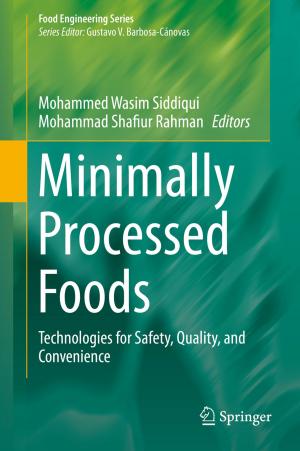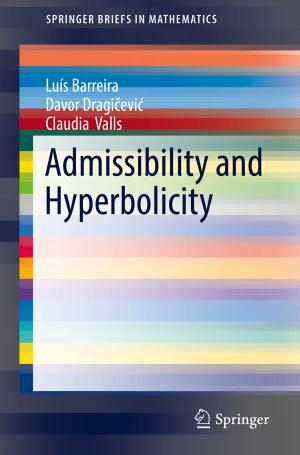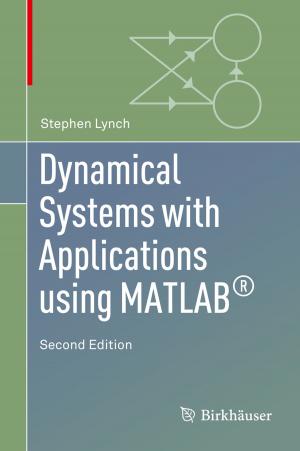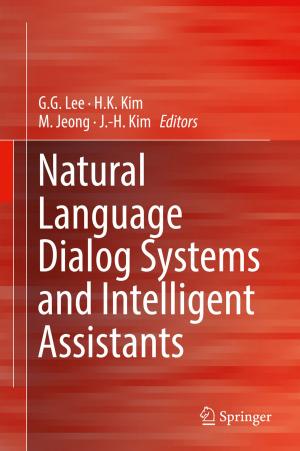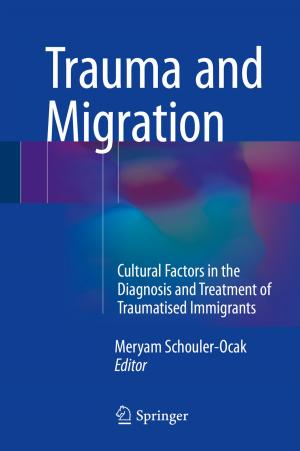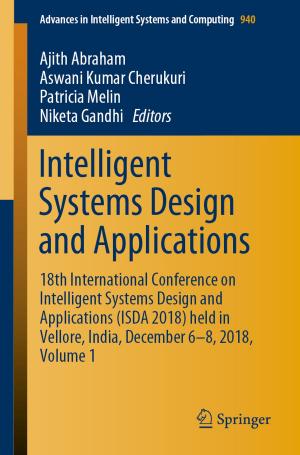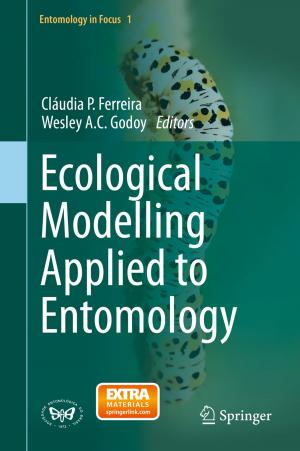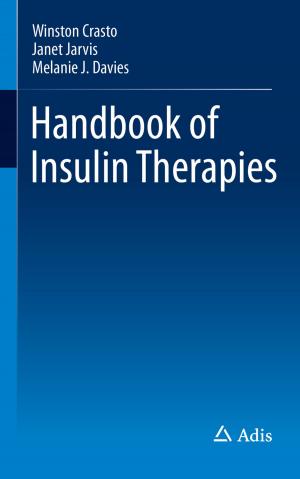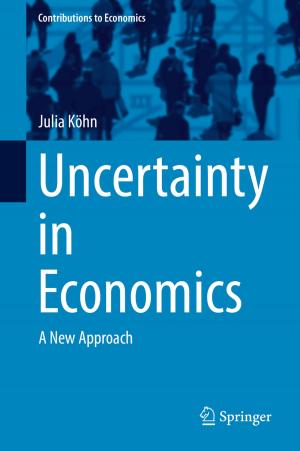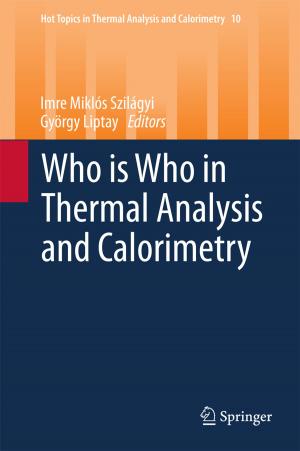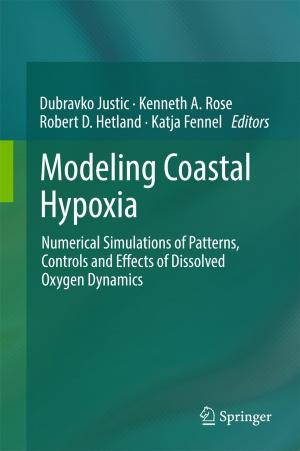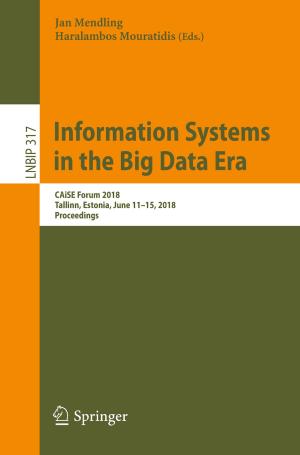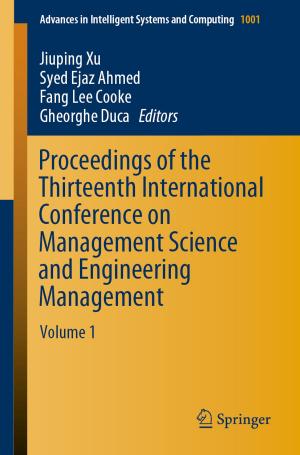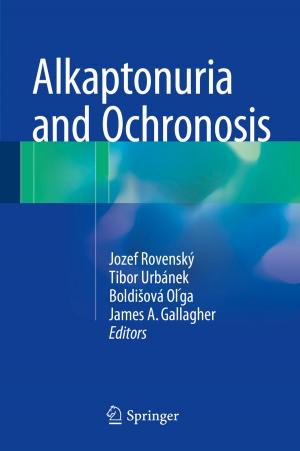Science Teacher Preparation in Content-Based Second Language Acquisition
Nonfiction, Science & Nature, Science, Other Sciences, Study & Teaching, Reference & Language, Education & Teaching, Teaching, Language Experience Approach| Author: | ISBN: | 9783319435169 | |
| Publisher: | Springer International Publishing | Publication: | October 25, 2016 |
| Imprint: | Springer | Language: | English |
| Author: | |
| ISBN: | 9783319435169 |
| Publisher: | Springer International Publishing |
| Publication: | October 25, 2016 |
| Imprint: | Springer |
| Language: | English |
The primary purpose of this book is to provide science teacher educators with exemplars of professional development programs designed to prepare school teachers to effectively help language learners in science classrooms simultaneously gain language proficiency and conceptual understanding. To this end, this book examines seventeen science teacher preparation programs that span a wide variety of grade levels (elementary, middle, and secondary), countries (Italy, Luxemburg, Spain, UK, and US), and linguistic contexts (English as a Second Language, English as a Foreign Language, trilingual classrooms, and teaching deaf children science through sign language). The book is divided into three main parts. Each part consists of chapters that illustrate a common, cross-cutting theme in science teacher preparation in content-based second language acquisition, namely pre-service teacher preparation, in-service teacher preparation, and international perspectives. Each part provides many insights on the similarities and differences in the professional development approaches used to prepare science teaching with varied amounts of instructional experience help students in different parts of the world overcome linguistic barriers while simultaneously learning concepts central to science. Bringing together researchers from various academic backgrounds (science education, TESOL, and Applied Linguistics), attention is given to varied facets of the intersection of science and language learning in the specific context of school teacher preparation.
The primary purpose of this book is to provide science teacher educators with exemplars of professional development programs designed to prepare school teachers to effectively help language learners in science classrooms simultaneously gain language proficiency and conceptual understanding. To this end, this book examines seventeen science teacher preparation programs that span a wide variety of grade levels (elementary, middle, and secondary), countries (Italy, Luxemburg, Spain, UK, and US), and linguistic contexts (English as a Second Language, English as a Foreign Language, trilingual classrooms, and teaching deaf children science through sign language). The book is divided into three main parts. Each part consists of chapters that illustrate a common, cross-cutting theme in science teacher preparation in content-based second language acquisition, namely pre-service teacher preparation, in-service teacher preparation, and international perspectives. Each part provides many insights on the similarities and differences in the professional development approaches used to prepare science teaching with varied amounts of instructional experience help students in different parts of the world overcome linguistic barriers while simultaneously learning concepts central to science. Bringing together researchers from various academic backgrounds (science education, TESOL, and Applied Linguistics), attention is given to varied facets of the intersection of science and language learning in the specific context of school teacher preparation.
